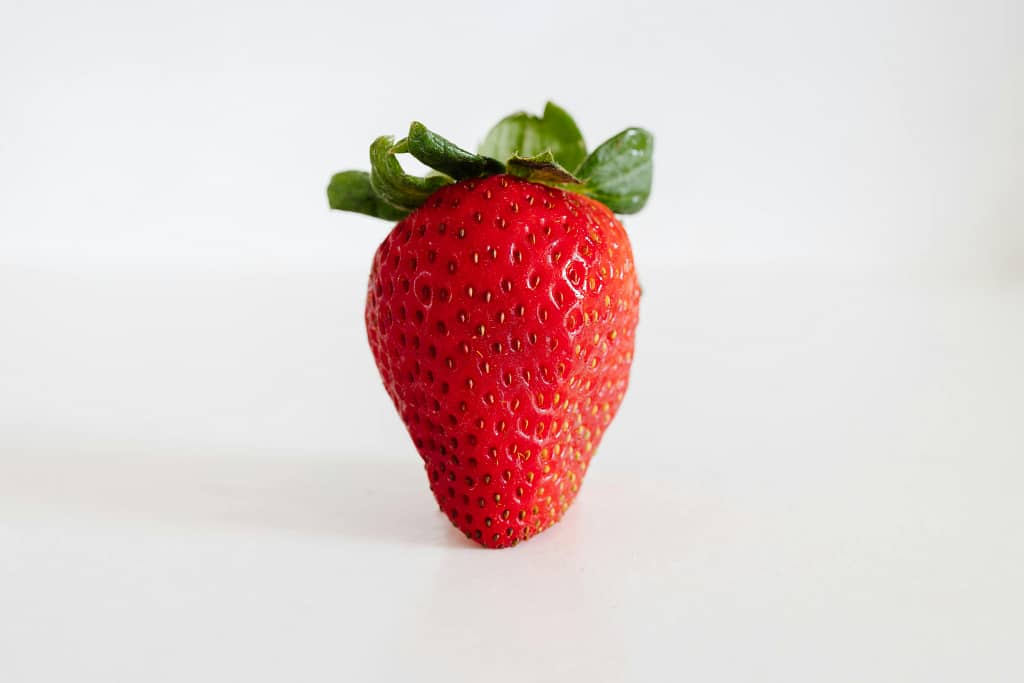
- Introduction to Strawberry
- Nutritional Benefits of Strawberries
- Culinary Uses of Strawberries
- Growing Strawberries at Home
- Pros and Cons of Strawberries
- Economic Impact of Strawberry Farming
- Strawberry Varieties
- Environmental Impact of Strawberry Cultivation
- Strawberries in Culture and Cuisine
1. Introduction to Strawberry
Strawberry are one of the most loved fruits in the world, known for their bright red color, juicy texture, and sweet taste. Native to the Americas, these fruits have a history dating back to Roman times. Today, strawberries are a staple in many cuisines and are eaten fresh or in a variety of dishes, from desserts to salads. Strawberries’ tangy flavor and health benefits make them a favorite in households around the world.
2. Nutritional Benefits of Strawberry
Strawberries contain essential nutrients, making them a healthy choice to include in any diet. They are especially rich in vitamin C, providing more than 100% of the recommended daily intake per serving. This vitamin is essential for a strong immune system, skin health, and iron absorption. Strawberries also contain significant amounts of fiber, manganese, and folate. Their high antioxidant content, including anthocyanins and ellagic acid, helps fight oxidative stress and inflammation, boost heart health, and reduce the risk of chronic diseases.
3.Culinary Uses of Strawberries
Strawberries are incredibly versatile in the kitchen. They can be eaten fresh as a snack or in a fruit salad. In desserts, strawberries are used in cakes, pies, tarts, and the classic strawberry shortcake. They add a sweet, tart flavor to smoothies and can be mixed into sauces and dressings for a unique twist. Strawberry preserves such as jams and jellies are popular for spreading on toast or incorporating into baked goods. Their ability to enhance both sweet and savory dishes makes them a culinary favorite.
4.Growing Strawberries at Home
Growing strawberries at home can be a rewarding experience. These plants thrive in well-draining, fertile soil and require a sunny location. Strawberries can be grown in garden beds, containers, or hanging baskets. Proper care includes regular watering, mulching to retain soil moisture, and protecting the plants from pests such as slugs and birds. Harvesting generally occurs in late spring to early summer when the berries are fully red and ripe. Homegrown strawberries are often more flavorful than store-bought varieties.
5. Advantage and Disadvantage
| advantages | disadvantages |
| Rich in vitamins and antioxidants | Short shelf life |
| Versatile in culinary uses | Potential allergens |
| Easy to grow at home | Susceptible to pests |
Benefits:
Strawberries offer a wide range of health benefits due to their high vitamin and antioxidant content. They can be used in a variety of recipes, from sweet desserts to savory salads. Growing strawberries at home is relatively easy and can provide fresh, delicious fruit.
Disadvantages:
Despite their benefits, strawberries have a short shelf life and should be eaten or preserved as quickly as possible. Some people may be allergic to strawberries, causing symptoms such as itching or swelling. In addition, strawberries are prone to pests, which can affect their growth and yield.
6. Economic Impact of Strawberry Farming
Strawberry farming plays a vital role in the global agricultural economy. Countries such as the United States, Mexico, and Spain are major producers, supplying both local and international markets. The industry employs thousands of workers and generates substantial revenue. However, strawberry farming also faces challenges such as labor shortages, fluctuating market prices, and the need for sustainable practices to address environmental concerns.
- Strawberry Varieties
There are many varieties of strawberries, each with its own distinct characteristics. Some popular types include June-bearing, everbearing, and day-neutral varieties. June-bearing strawberries produce a large, concentrated crop once a year, making them ideal for preserves. Everbearing strawberries produce two to three smaller crops throughout the growing season. Day-neutral strawberries can produce fruit continuously under favorable conditions. Understanding the differences can help gardeners and consumers choose the best variety for their needs.
- Environmental Impact of Strawberry Farming
Strawberry farming can have a significant impact on the environment, primarily due to the high use of water and pesticides. Traditional farming methods often rely on chemical pesticides and fertilizers, which can harm the surrounding ecosystem. Sustainable farming practices such as organic farming and integrated pest management aim to reduce these negative impacts. Consumers can support environmentally friendly strawberry farming by choosing strawberries grown organically or sustainably.
- Strawberries in culture and cuisine
Strawberries hold a special place in culture and cuisine around the world. They are often associated with summer and feature in many traditional dishes and festivals. For example, the Wimbledon tennis tournament in the U.K. is famously associated with strawberries and cream. In the arts and media, strawberries symbolize sweetness, love, and fertility. Their widespread popularity ensures that strawberries remain a beloved fruit in many cultures.